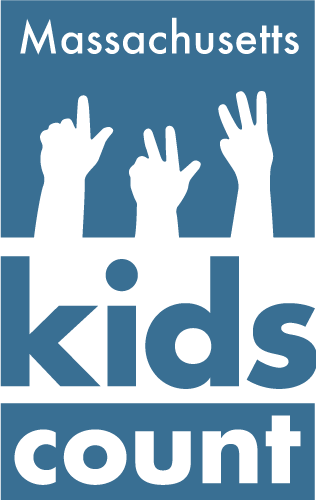All Posts
Teens, Employment, and the Minimum Wage
More than 104,000 teens (16- to 19-year-olds) work and actively contribute to the Massachusetts economy. As working teens, they learn job skills and gain experience ...
Read More →
The State Budget for FY 2018 Including Veto Overrides
This Budget Monitor describes the funding decisions in each major section of the state budget for Fiscal Year 2018. It includes the vetoes and overrides ...
Read More →
Excellence for All: Supporting English Language Learners in Massachusetts
Massachusetts policy since 2002 has emphasized English immersion as the primary approach to educating English Language Learners. A balanced review of the research reveals, however, ...
Read More →
State and Local Impact of Raising the Minimum Wage to $15 in Massachusetts
Phasing in an increase of the minimum wage to $15 by 2021 would boost the incomes of 29 percent of the Massachusetts workforce. This report ...
Read More →
MA Poverty Down, Incomes Up Substantially in 2016
An examination of new Census data on incomes and poverty in 2016. The Massachusetts poverty rate is nearing its pre-recession level, with only seven states ...
Read More →
Improvements for our Children: Fewer in Poverty, Almost All Insured
Examines new Census data on children's poverty and health coverage for 2016, and trends in Massachusetts and the nation.
Read More →
How Paid Family and Medical Leave Impacts Working Mothers
This report examines the data on the current availability of paid family and medical leave (PFML) in New England, as well as how mothers are ...
Read More →
Where does the Taxachusetts Label Come From, 2017 update
Massachusetts' taxes are about average for the United States. Where then does the label 'Taxachusetts' come from? The answer has much more to do with ...
Read More →
Documenting Success: Health Reform in Massachusetts and the Nation
New data from the U.S. Census show the results of commitments made by Massachusetts and the nation to improving health care security for our people. ...
Read More →
Massachusetts Ranks About Average for Taxes in FY 2015
This fact sheets examines where Massachusetts ranks compared to other states in terms of the level of state and local taxation in 2015, the most ...
Read More →





